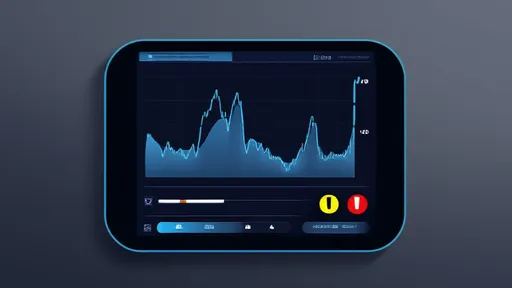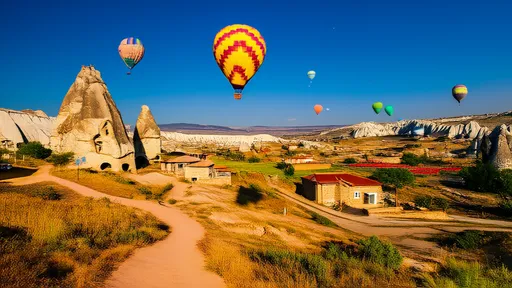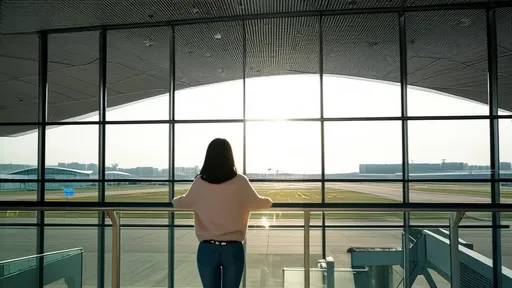The annual Running of the Bulls in Pamplona, Spain, is one of the most adrenaline-fueled and controversial traditions in the world. Every July, thrill-seekers and spectators flood the narrow streets of this historic city to witness—or participate in—a heart-pounding chase between humans and half-ton fighting bulls. While the event is undeniably thrilling, it is also fraught with danger. In recent years, safety measures, particularly the installation of observation points along the fencing, have become a critical focus for organizers and local authorities.
The Evolution of Safety Measures
For centuries, the Running of the Bulls operated with minimal safety precautions, resulting in numerous injuries and occasional fatalities. The chaotic nature of the event, combined with the sheer power and unpredictability of the bulls, made it a perilous spectacle. However, as global attention grew and criticism mounted over the risks involved, the city of Pamplona began implementing stricter safety protocols. Among these, the reinforced fencing system with designated observation points has emerged as a key innovation.
These observation points are strategically placed along the 875-meter route, allowing spectators to watch the event from a secure vantage point. Unlike the runners, who dart through the streets with no barrier between them and the bulls, those in the observation areas are protected by sturdy wooden and metal barriers. The fencing is designed to withstand the force of a charging bull while providing clear sightlines for onlookers and journalists.
The Role of Observation Points in Crowd Control
One of the most significant challenges during the Running of the Bulls is managing the massive crowds that descend upon Pamplona each year. The observation points serve a dual purpose: they enhance safety while also improving the overall experience for non-participants. By creating designated zones where people can gather without obstructing the runners or interfering with emergency personnel, the city has reduced some of the chaos that once defined the event.
Local authorities have also used these observation areas to enforce stricter rules. Alcohol consumption is prohibited in the hours leading up to the run, and security personnel are stationed at key points to ensure compliance. The presence of medical teams near these fencing points has also improved response times in case of injuries, which, though less frequent than in the past, still occur.
Controversy and Criticism
Despite these improvements, the Running of the Bulls remains a contentious event. Animal rights activists argue that no amount of safety fencing can justify the stress and danger imposed on the bulls, which are later killed in the bullring. Meanwhile, some traditionalists resist what they see as the over-regulation of a centuries-old custom, claiming that the thrill of the event lies in its inherent danger.
The observation points, while praised for their practicality, have also faced scrutiny. Critics argue that they commercialize the event, turning a cultural tradition into a tourist attraction with premium viewing spots. Others question whether the fencing truly prevents all accidents, noting that runners can still be trampled or gored if they fall near the barriers.
The Future of Safety at the Running of the Bulls
As Pamplona continues to balance tradition with modern safety standards, the role of observation points along the fencing will likely evolve. Advances in materials and design could lead to even more secure barriers, while drone technology might offer new ways to monitor the event in real time. What remains clear is that the debate over the ethics and safety of the Running of the Bulls is far from over.
For now, the observation stands provide a compromise—a way for the curious to witness the chaos without stepping into the path of a charging bull. Whether this will be enough to sustain the event in an increasingly safety-conscious world remains to be seen.

By /Aug 4, 2025

By /Aug 4, 2025

By /Aug 4, 2025

By /Aug 4, 2025

By /Aug 4, 2025

By /Aug 4, 2025

By /Aug 4, 2025

By /Aug 4, 2025

By /Aug 4, 2025

By /Aug 4, 2025

By /Aug 4, 2025

By /Aug 4, 2025

By /Aug 4, 2025

By /Aug 4, 2025

By /Aug 4, 2025

By /Aug 4, 2025

By /Aug 4, 2025

By /Aug 4, 2025

By /Aug 4, 2025

By /Aug 4, 2025